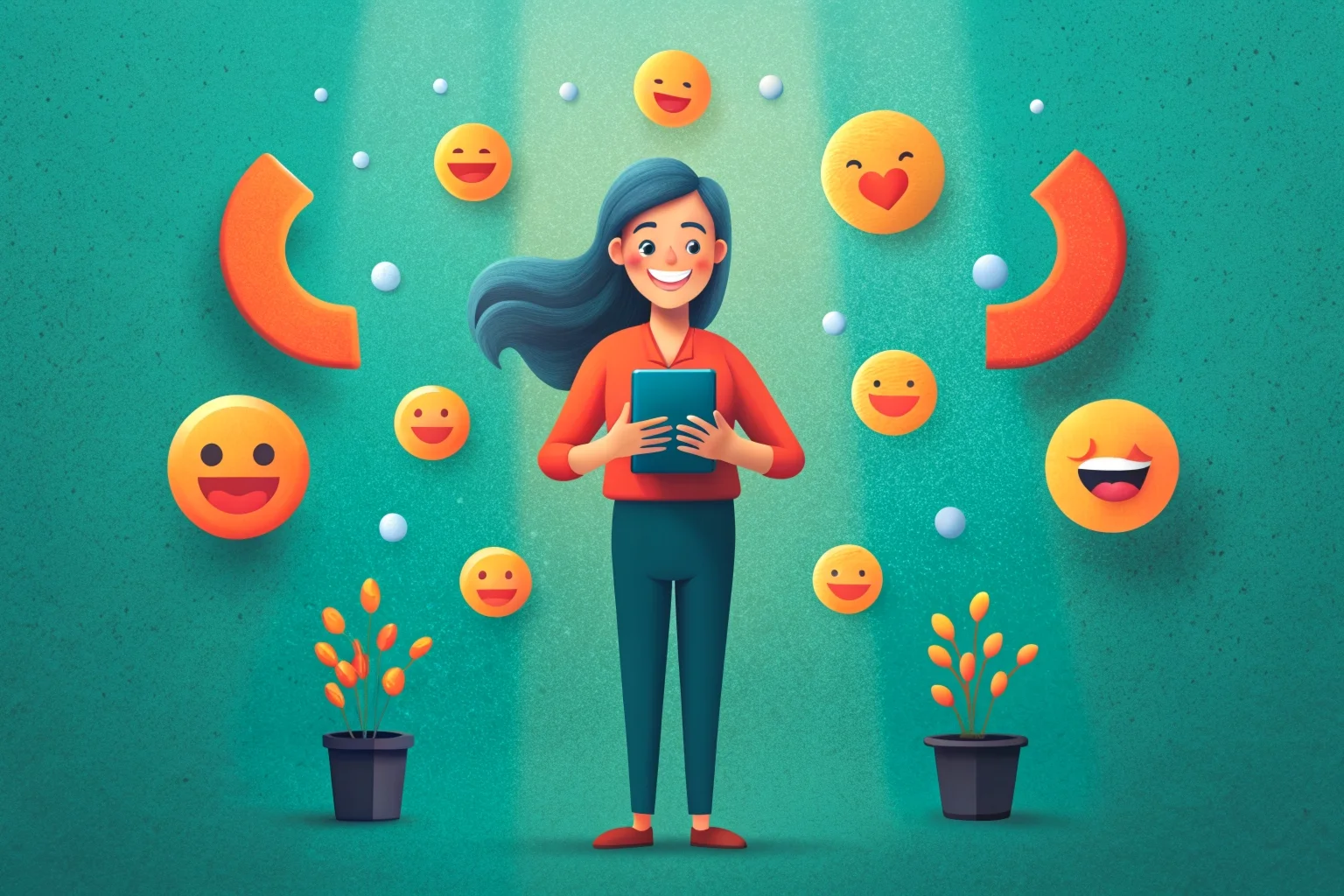
In the world of design, going beyond aesthetics is crucial to creating experiences that are not only visually appealing but also tailored to the needs of the users. User-centric design focuses on understanding user preferences, habits, and emotions to create interfaces that are not only attractive but also functional and engaging. By going beyond visual aesthetics, designers can achieve a balance of form and function that resonates with users and leaves a lasting positive impression on their overall experience.
The psychology behind user-centric design plays a significant role in ensuring that design decisions are grounded in empathy and a deep understanding of user needs. Delving into the subconscious elements that influence user behavior allows designers to create interfaces that communicate effectively, encourage interaction, and ultimately lead to higher levels of user satisfaction. By understanding the impact of design elements on user behavior, designers can create experiences that are not only visually stunning but also emotionally engaging and easy to navigate.
As a designer, I believe that understanding the underlying psychology in UI/UX is essential to create user-centric designs. One crucial aspect is the cognitive load theory, which suggests that users’ cognitive resources are limited 1. By minimizing the cognitive load required to navigate and interact with a product or system, I can enhance user satisfaction and usability.
To achieve this, I employ principles such as consistency, feedback, and hierarchy. I ensure that elements within the design follow established patterns, providing feedback to users about the results of their actions, and creating a clear visual hierarchy to guide users through tasks.
User psychology delves into comprehending how users think, feel, and behave when interacting with digital interfaces, products, or systems 2. By analyzing and anticipating user behavior, I can create designs that meet or even exceed their expectations.
In order to better understand user behavior, I employ various research techniques:
Incorporating these research findings into the design process, I can refine the user experience and ensure that it is aligned with users’ expectations. By focusing on user-centric design and delving into the psychology behind it, I create engaging, easy-to-use, and satisfying experiences for users, driving long-term success for businesses and products.
When it comes to user-centric design, I believe that aesthetics play a crucial role in creating a positive user experience. However, it’s essential to strike a balance between visual appealand usability. Aesthetically pleasing design contributes to users’ emotional reactions and impressions, but an interface should also prioritize functionality to encourage efficient and satisfying interactions.
One approach I often take is incorporating design elements that serve both purposes – aesthetics and usability. For instance, choosing typography and colors that enhance readability while also making the design appealing. Additionally, using whitespace effectively can make the interface appear clean and uncluttered, promoting better user engagement and easier navigation.
As a designer, I understand the importance of easily navigable and accessible interfaces. To achieve this, I utilize clear, concise labels for navigation menus and ensure that every clickable element is easily identifiable. This allows users to quickly find their desired content or functionality, making their experience more enjoyable and efficient.
I also pay close attention to accessibility, ensuring the design caters to users with varying levels of ability. For example, I use accurately labeled buttons and forms to help assistive technologies and ensure text contrasts sufficiently against the background for improved readability.
To validate a design’s effectiveness, I rely on usability testing. This process involves observing users interacting with the interface and gathering their feedback. This invaluable information enables me to make necessary modifications and improvements to meet users’ needs and expectations.
A consistent design is fundamental to reduce cognitive load and provide an intuitive user experience. To achieve this, I maintain uniformity in design elements such as typography, colors, and layout styles across the entire interface. Consistency streamlines users’ interactions, allowing them to rely on previous experiences to navigate and use the application seamlessly.
By following a user-centric approach and combining insightful design strategies, I create interfaces that prioritize usability without compromising on aesthetics. It is this delicate balance that makes user-centric design a powerful force in shaping user experiences beyond just visual appeal.

In my experience with user-centric design, I’ve found that building trust and loyalty is crucial for long-term success. When users feel a sense of trust in a product, they’re more likely to engage further and even become loyal customers. Trust can be established through consistent and positive user experiences. For instance, designing user interfaces that are intuitive and easy to use, coupled with a high level of reliability, can significantly increase user satisfaction and trust in a product.
Fostering loyalty through user experience involves not only meeting users’ expectations but also going beyond them. Providing users with delightful experiences by incorporating thoughtful elements into the design, tailored to their emotions, can build a strong emotional connection. For example, adding personalized elements such as a friendly message or a customized color scheme can make users feel valued and demonstrably improve user engagement.
Creating emotional connections with users is an essential aspect of user-centric design. When users feel emotionally connected to a product, they’re more likely to be engaged and experience increased satisfaction. To create these emotional connections, it’s important to understand the psychology behind user behavior and emotions.
One key element in designing for emotional connections is the use of colors. Colors can evoke different emotions in users and, when used strategically, can also influence their behavior. For instance, choosing calming colors like blue and green can create a sense of tranquility, while bright colors like red and yellow can evoke energy and excitement. By understanding the psychology of color, I can create interfaces that communicate specific feelings and resonate with users on a deeper level.
To further enhance emotional connections, it is important to consider user accessibility and inclusivity. Designing products that are easy to use for everyone, regardless of their background or abilities, ensures a more positive experience overall. This includes features such as larger text for the visually-impaired or simplified navigation for those with cognitive difficulties. When users feel that a product has been designed with their needs in mind, they are more likely to develop a strong emotional connection.

I believe that the integration of artificial intelligence (AI) and virtual reality (VR) in UI design has tremendous potential for enhancing user experience. By leveraging AI-driven design principles, I can create more intuitive and adaptive interfaces that cater to users’ needs and expectations. For instance, AI can analyze user behaviors to inform the design of more effective and personalized interfaces. The psychology behind beautiful UI designdelves deeper into these principles.
Incorporating VR technology into UI design can bring immersive and interactive experiences to mobile apps and responsive websites. From navigating 3D landscapes to visualizing complex data sets, VR can transform the user experience on a variety of devices and screen sizes. The article Beyond Aesthetics: The Science of User Experience in UI/UX Design demonstrates the impact VR has on user-centered design.
One of my main objectives when designing user interfaces is to ensure that they adapt seamlessly across different devices and screen sizes. Responsive website design entails designing a website that can accommodate various devices – from mobile phones to desktop computers – without affecting the user experience. Adaptive design, on the other hand, entails creating multiple versions of a user interface optimized for different devices and screen resolutions. Both approaches aim to cater to a user’s unique device and display preferences.
Here are some key best practices I adhere to for adaptive and responsive design:
By implementing these practices, I can ensure my UI design effectively adapts to the user’s device, providing a consistent and intuitive experience. As mentioned in this article on enhancing user engagement and loyalty, responsiveness and adaptability are crucial factors in creating a visually appealing and user-friendly interface.

Color psychology plays a significant role in user interface design because it influences how users perceive and emotionally engage with a product. Different colors evoke various emotions and associations, which can either enhance or impede user interaction. By understanding the psychological effects of colors in UI design, I can make informed decisions when choosing color schemes, enhancing the overall user experience.
Cognitive load refers to the mental effort required to process information, and in user-centric designs, it’s crucial to minimize this load. By prioritizing simplicity and clarity, I can ensure that users can easily navigate and understand the interface, leading to better usability and overall satisfaction. Reducing cognitive load is a key aspect of user-centered design, as it allows users to focus on their tasks without feeling overwhelmed.
Understanding user behavior is essential for designing accessible products because it allows me to identify potential barriers and opportunities for improvement. By analyzing how users interact with a design, I can make necessary adjustments, such as providing clear instructions or adjusting button sizes to accommodate various users with different abilities and preferences. This approach promotes inclusive design and ensures that a diverse range of users can fully engage with the product.
Designing for emotional engagement involves understanding users’ needs, desires, and motivations on a deeper level. Some key principles include:
These insights, coupled with a focus on usability, can create emotionally-engaging designs.
Cultural differences can significantly impact user preferences and expectations, affecting aspects such as colors, icons, or language. By recognizing these differences and adapting designs accordingly, I can create products that resonate with diverse user groups. Incorporating cultural considerations into user-centric design ensures that the product appeals to users from various backgrounds and offers a more universally satisfying experience.
User feedback is invaluable in the iterative design process, as it provides insights into users’ experiences and enables me to make data-driven improvements. By gathering feedback through methods such as user testing, surveys, or interviews, I can identify areas that require adjustment or enhancement and iteratively refine the design. By continually incorporating user feedback in the design process, I can ensure that the final product meets users’ needs and expectations while optimizing the overall user experience.